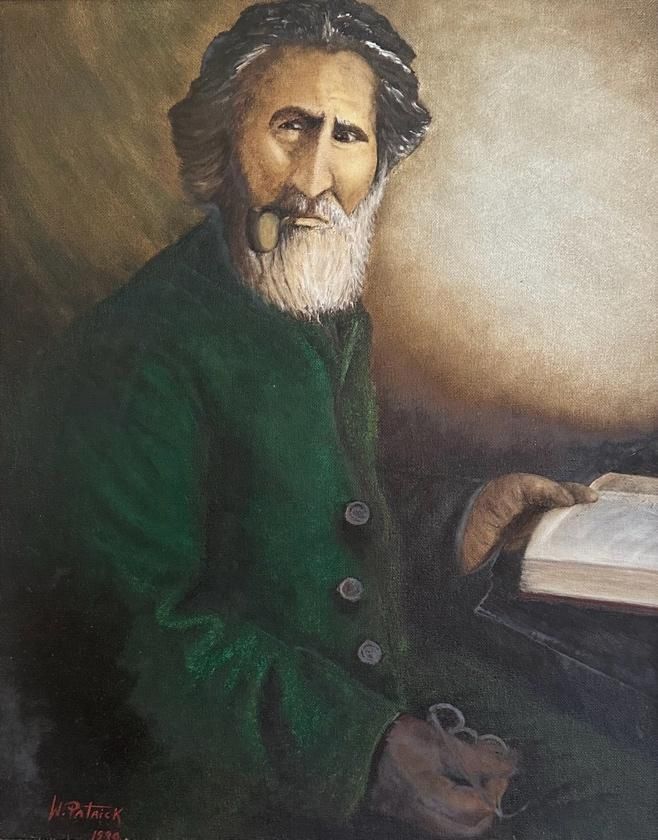Claim History
1840. At the time of the signing of Te Tiriti o Waitangi in 1840, Moriori were an enslaved and scattered people following the Ngāti Mutunga and Ngāti Tama invasion of Rēkohu in 1835-36.
According to Moriori accounts from the 1870s, the invasion resulted in an estimated loss of 300 lives, one-sixth of the Moriori population with the remainder being enslaved and many taken off island, as far south as the Auckland Islands.
1842. Rēkohu and surrounding islands were annexed to New Zealand as the Chatham Islands. The Crown took no action before the late 1850s to alleviate the conditions of Moriori enslavement.
Moriori sent letters and petitions to the Crown during this time detailing their plight, including the names of those killed in the invasion and those who had subsequently died of kōngenge (sickness from despair).
1862. Moriori wrote an extensive petition to the Crown seeking recognition of their ancient land rights and claiming the protection of the Crown and English law.
1863. A new Resident Magistrate was appointed who set about improving some conditions for Moriori.
1870. The Native Land Court sat on the Chatham Islands. At that time, the population comprised just under 100 Moriori and about 20 Māori. The Court, applying its own understanding of “native customs”, gave particular weight to pre-1840 conquest and occupation and awarded more than 97% of the land to the recently arrived Māori and less than 3% to Moriori who were left virtually landless in their own land.
1901. Only 31 Moriori of a pre-contact population of 2,000 remained living on Rēkohu.
1916 & 1946. Inaccurate editions of the School Journal distributed nationally taught generations of New Zealand schoolchildren that Moriori were an inferior race and had occupied New Zealand prior to the arrival of Māori and had been driven out to the Chatham Islands by the later migrants. These myths caused much damage, particularly to those Moriori children who were being taught they were extinct and have carried that stigma into their adulthood.
1970s. Moriori descendants started working collectively to rebuild their identity as a distinct people with a unique heritage.
1980s-1990s. Moriori established entities including the Tchakat Henu Association of Rēkohu Trust and Te Iwi Moriori Trust to advance Moriori interests and rebuild tribal connections and identity.
2003. The Crown first recognised the mandate of the Hokotehi Moriori Trust to represent Moriori in comprehensive historical Treaty settlement negotiations.
2004. Terms of negotiation were confirmed setting out the scope and process for negotiation.
2005. Kōpinga Marae was opened on Rēkohu by then Prime Minster Helen Clark and Moriori elder Whaea Polly Brown. The opening by Moriori was attended by the late Te Arikinui Dame Te Atairangikahu, the Māori Queen, along with numerous members of Parliament. The Marae now acts as a Moriori cultural hub and the office of Hokotehi Moriori Trust, and later was the site where the first reading of the Bill of Settlement was held.
2015. A declaration of election result was lodged confirming the mandate of the Hokotehi Moriori Trust trustees by ordinary resolution to negotiate Treaty Settlement with the Crown.
2016. The Crown reconfirmed that mandate.
2017. An ‘Agreement in Principle’ to settle historical claims was reached with the Crown, outlining a proposed settlement scope, package and next steps.
2018. Hokotehi Moriori Trust established the Post-Settlement Governance Entity (PSGE), Moriori Imi Settlement Trust (MIST), to receive and manage settlement assets on behalf of Moriori. At the same time, Moriori agreed Treaty settlement negotiations would transfer from HMT to MIST.
2019. The Crown and Moriori initialled the Moriori Deed of Settlement (Deed).
2020. The Deed was ratified by Moriori members, and signed by the Crown and Moriori on 14 February 2020. The Deed was conditional on the enactment of Moriori settlement legislation.
2021. The Deed passed into legislation as the Moriori Claims Settlement Act 2021.
2022. The final settlement date was 16 February 2022.

Hirawanu Tapu who lodged a petition to the Crown in 1862. (Photographer: Archdeacon Woodthorpe)
